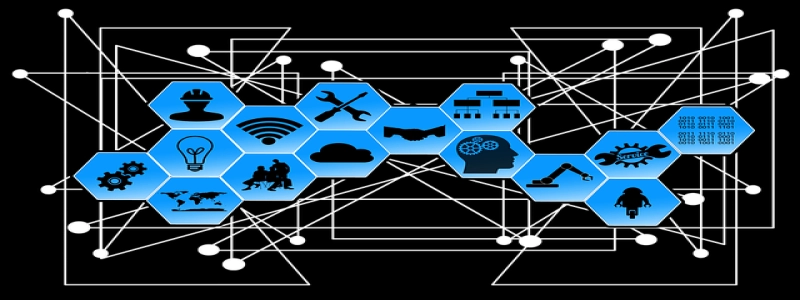Long Distance Ethernet
I. Introduction
Ethernet is a widely used technology for local area networks (LANs) due to its high speed and reliability. However, traditional Ethernet has a limitation in terms of distance. It is typically limited to a maximum distance of 100 meters. In certain scenarios where the need for long-distance connectivity arises, a solution called long distance Ethernet can be implemented. This article will explore the concept of long distance Ethernet and its significance.
II. What is Long Distance Ethernet?
Long distance Ethernet refers to the extension of Ethernet beyond its traditional limitation of 100 meters. This extension is achieved through various techniques and technologies that allow Ethernet signals to travel over longer distances, reaching up to several kilometers.
III. Methods for Long Distance Ethernet
There are several methods to achieve long distance Ethernet connectivity. Some of the commonly used methods include:
1. Ethernet Extenders: Ethernet extenders are devices that use existing copper infrastructure to extend Ethernet signals beyond the traditional distance limitation. These devices work by amplifying and regenerating the Ethernet signals, allowing them to travel over longer distances.
2. Fiber Optic Cables: Fiber optic cables are capable of transmitting Ethernet signals over much longer distances compared to traditional copper cables. By utilizing fiber optics, Ethernet signals can be transmitted for several kilometers without significant signal degradation or loss.
3. Wireless Ethernet: Wireless Ethernet technologies, such as Wi-Fi or microwave links, can also be used to achieve long distance Ethernet connectivity. These wireless technologies transmit Ethernet signals over the air, eliminating the need for physical cables. They are particularly useful in situations where laying down physical cables is not feasible.
IV. Significance of Long Distance Ethernet
Long distance Ethernet has numerous applications and benefits. Some of the key significance of long distance Ethernet are:
1. Connectivity between Remote Locations: Long distance Ethernet enables the establishment of connectivity between geographically distant locations. This is particularly important for organizations with multiple branches or offices spread across different locations.
2. Cost-Effective Solution: Compared to other long-distance connectivity options, long distance Ethernet is often a cost-effective solution. It utilizes existing infrastructure and does not require substantial investments in laying down new cables or establishing dedicated connections.
3. High Speed and Reliability: Long distance Ethernet maintains the high speed and reliability associated with traditional Ethernet. This means that data transfer rates remain high, and the network connection remains stable and secure over long distances.
V. Conclusion
Long distance Ethernet provides a solution for extending Ethernet connectivity beyond the traditional distance limitation of 100 meters. Through various methods such as Ethernet extenders, fiber optic cables, and wireless technologies, Ethernet signals can be transmitted over several kilometers. This has significant implications for organizations with multiple branches or remote locations, enabling them to establish reliable and cost-effective connectivity. Overall, long distance Ethernet plays a crucial role in bridging the gap between distant locations and maintaining high-speed network connectivity.








